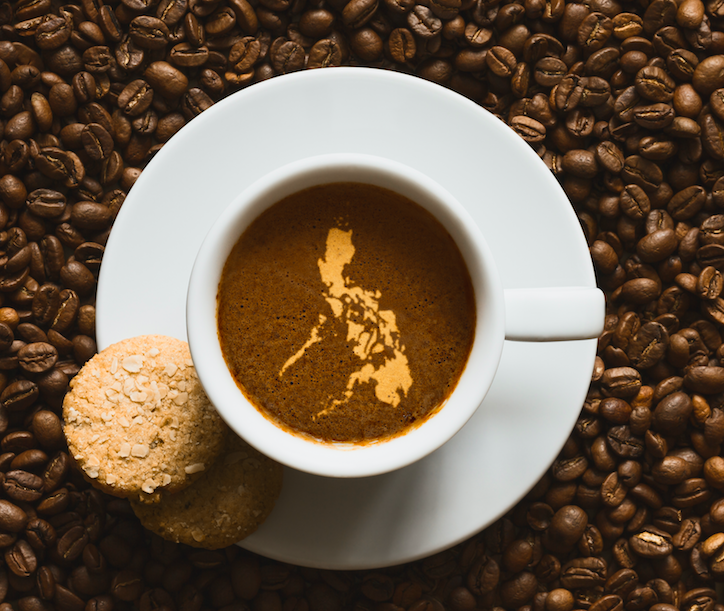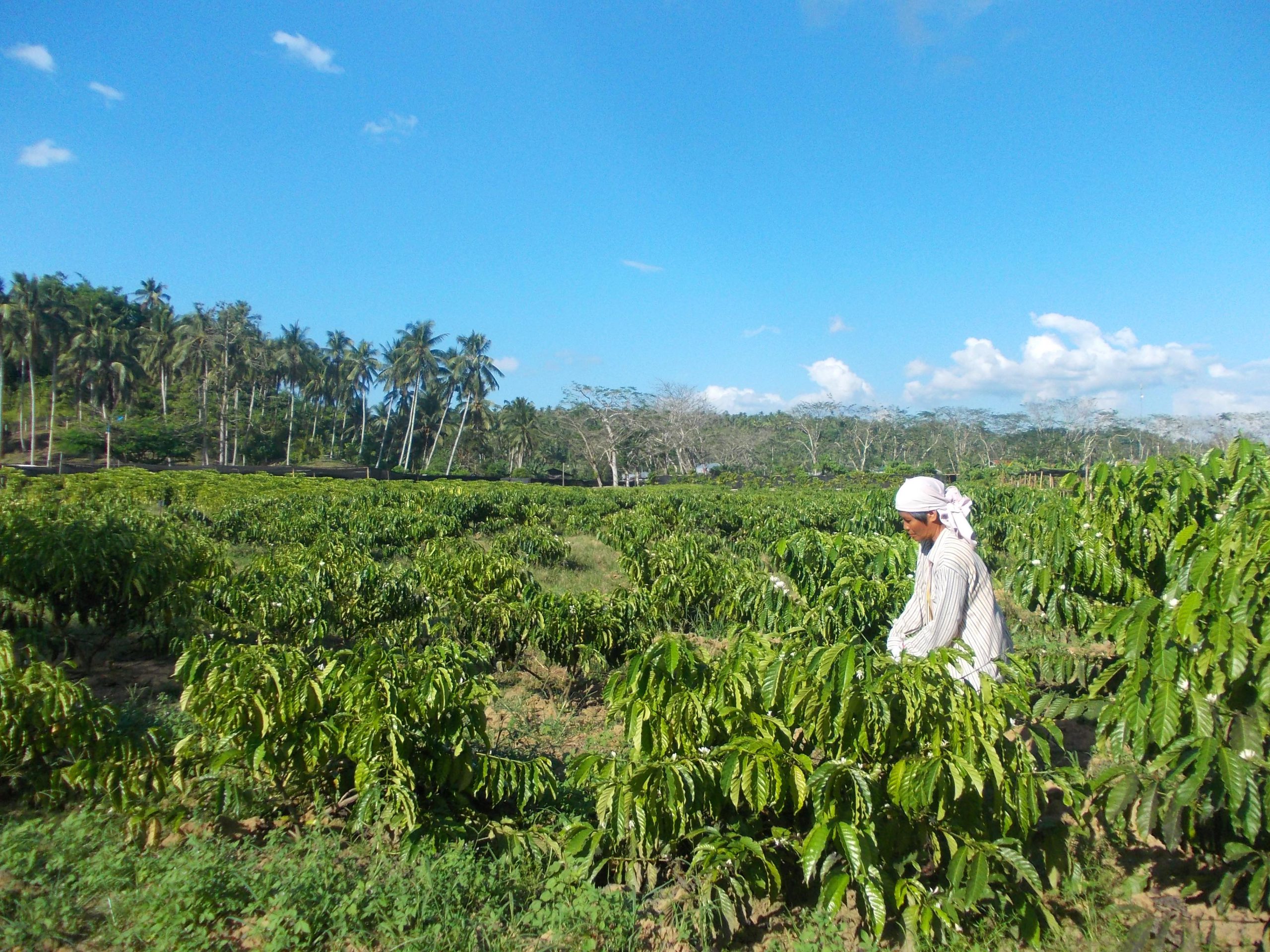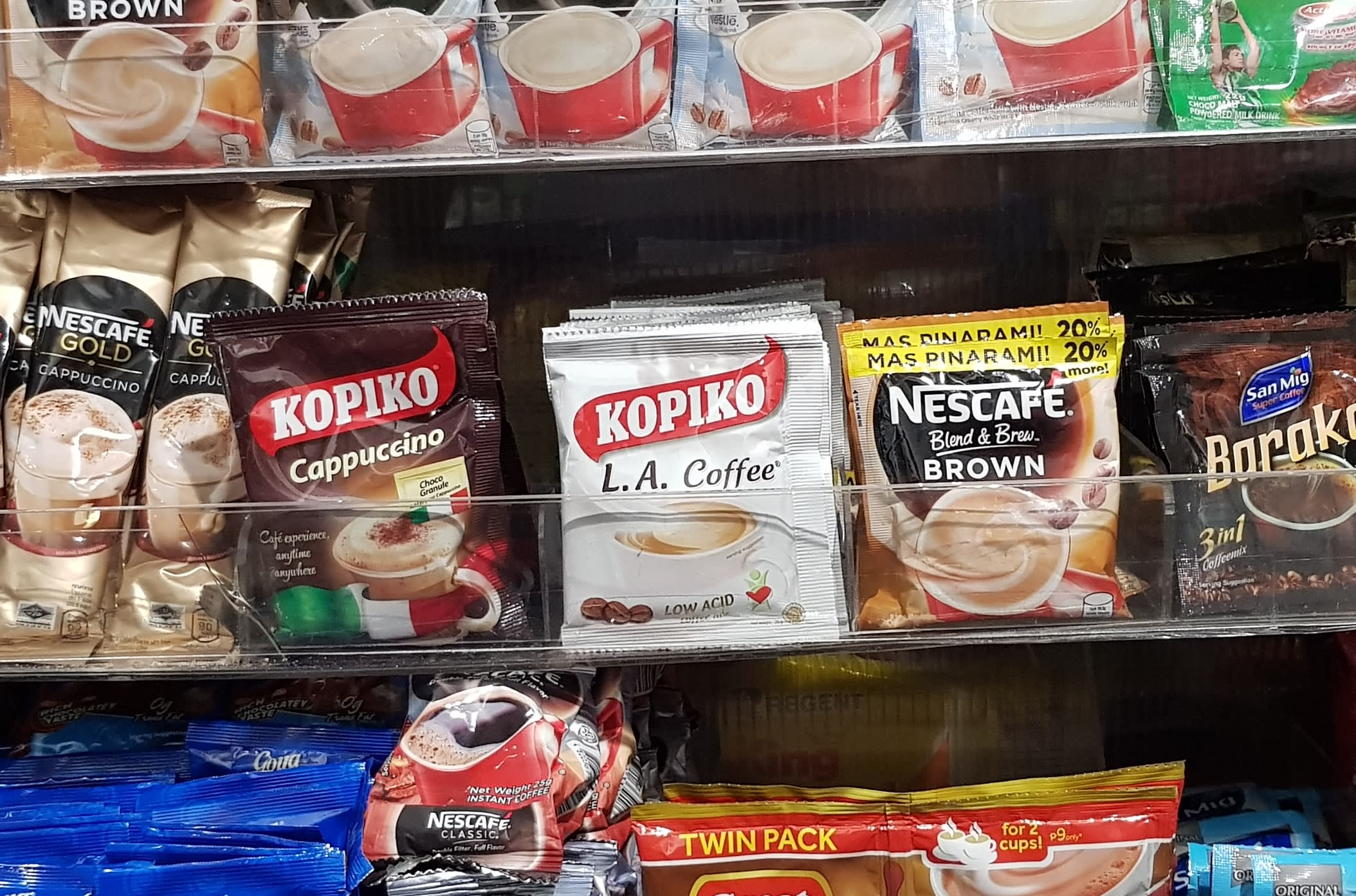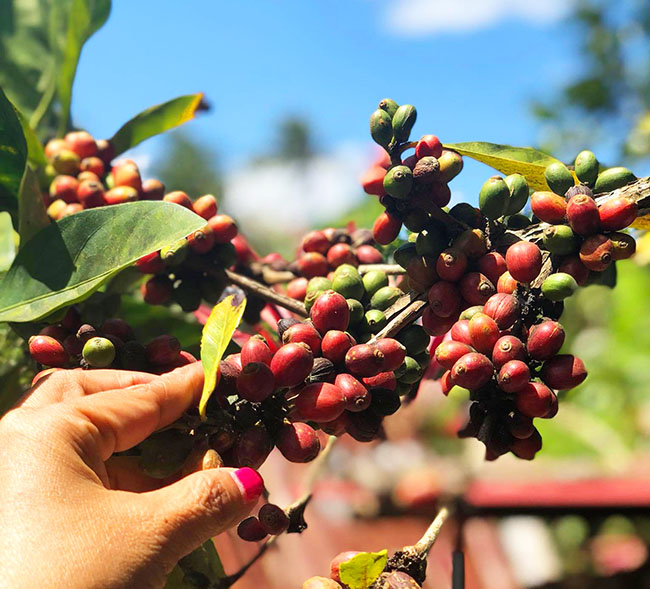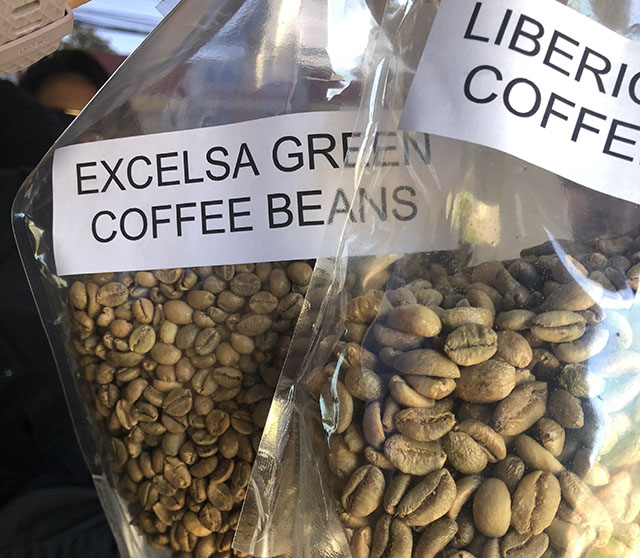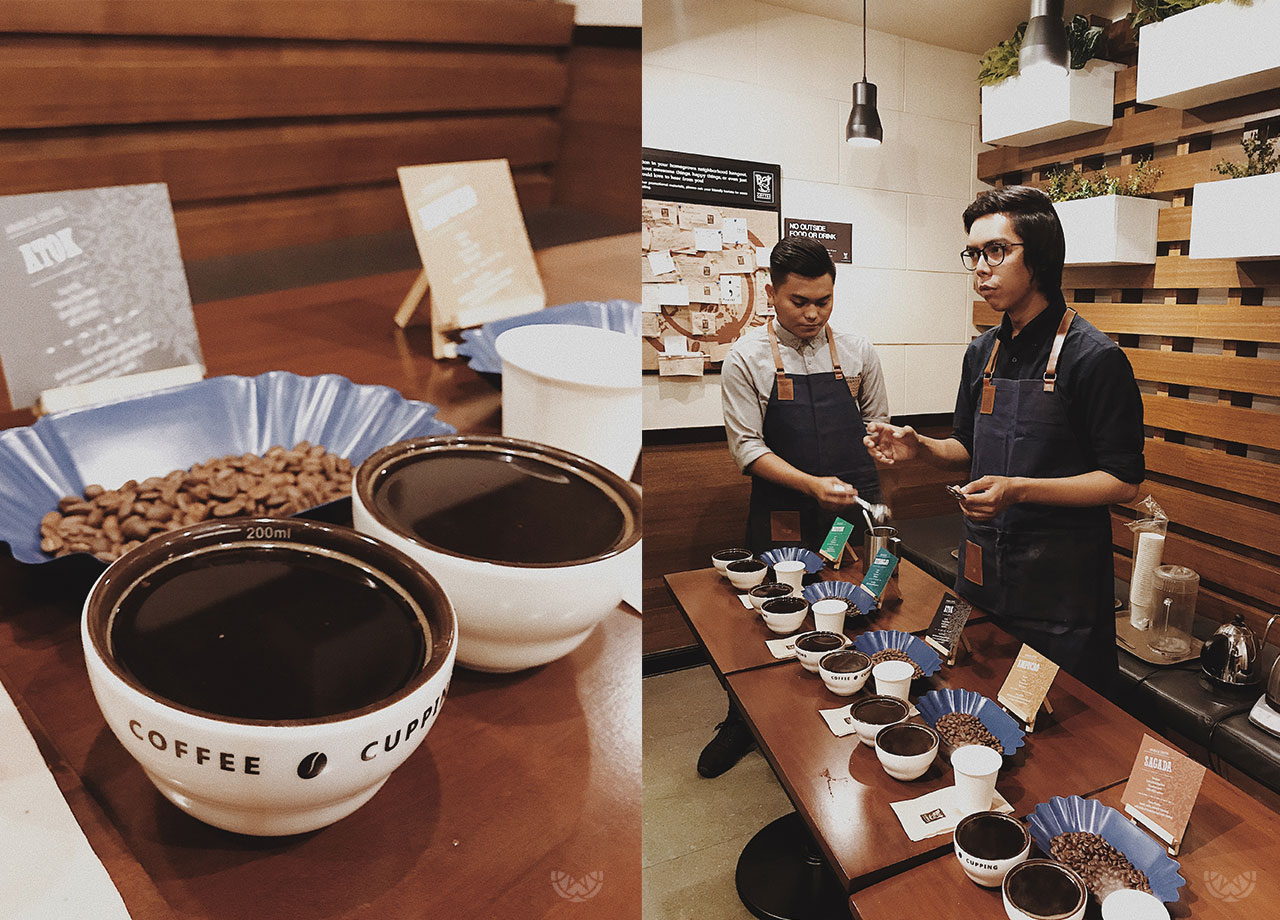Nowadays, when Filipino millennials think of coffee, chances are they would think of American brands like Starbucks and Dunkin Donuts right away. McDonald’s restaurant and Philippine-brand Jollibee would be another popular choice because of their access to a wider segment of the market demographic and lower price point. To ride the trend, companies such as the Japanese brand UCC Coffee (which target more discriminating coffee drinkers and slightly more expensive than Starbucks) and other local café brands such as Bo’s Coffee and The Coffee Project have also set up shop.
A coffee plantation in the Philippines. Image Source: Nikkei Asia
Coffee in the Philippines: Early Years
Unfortunately, the coffee rust caught up with the Philippines which impacted the coffee export business. It would take a while for the Filipino coffee industry to recover and catch up. When the second World War was over, multinational firms like Nescafe paved the way for a different form of coffee to flourish: the “instant coffee.”
Instant coffee in the Philippines. Image Source: Nikkei Asia
Brewed Filipino coffee was perceived as inferior to the imported instant coffee. It was almost forgotten and remained a “provincial” habit of “provincial folk” and the lower classes who boiled the ground roasted beans. The middle class and upper classes took the more modern way of drinking instant coffee. The faster pace of life for everyone both the rich and the working class made instant coffee marketable because it was cheap and easy to prepare and drink to get that burst of energy.
Unlike Europe, Vietnam and Colombia, the Philippines did not develop a coffee culture much earlier during the Spanish colonial period. The Spanish colonizers unlike the French colonizers in Vietnam did not bring with them the café society culture and the roasting process of the beans. The Philippines was merely an exporter of coffee beans where coffee planters shifted to planting more robusta beans to supply to multinational and local coffee companies producing instant coffee.
Four Coffee Variants in the Philippines
Because of its topography and rich soil, the Philippines is able to produce four unique coffee varieties — Excelsa, Liberica, Robusta and Arabica. The more native beans are Excelsa and Liberica.
Coffee beans sourced from a plantation in the Philippines. Image Source: Benguet Arabica Coffee
Two coffee variants produced in the Philippines. Image Source: Benguet Arabica Coffee
Arabica beans are the more expensive variety and are favored by top baristas and most coffee connosseurs. Arabica takes its name from Arabia—the source of its origins. The Arabica coffee plant is said to have originated in Ethiopia and spread to the Middle East and Northern African countries like Turkey and Morocco and the rest of Africa. The spread of coffee all over the Middle East and then to Europe coincided with the spread of Islam and the activities of Middle Eastern traders who would conduct business over a cup of coffee in Italy and Europe.
Coming Back & Looking Ahead
Considering the Philippines’ long history in the production and exportation of coffee, it had to take American coffee and donut chains to reintroduce the Filipino market to the art and pleasure of drinking brewed coffee as opposed to instant coffee. With this renewed consciousness and awareness of this bittersweet brew, Filipino coffee planters, traders and baristas have been inspired to promote Philippine coffee. Despite this, challenges remain in terms of improving roasting techniques and locally producing coffee for local consumption instead of sourcing from nearby Vietnam and Indonesia and making the price more competitive.
Special gourmet varieties are planted in the northern part of the Philippines — the Cordilleras, Benguet and Sagada area. The southern area of the Philippines, Mindanao, is also home to many coffee plantations which cater to the commercial production of the robusta beans used for instant coffee by multinationals like Nestle’s Nescafe and local brands like San Miguel, Kopiko, Great Taste and Blend 45. Special gourmet blends are also produced around Mindanao.
Bo’s Coffee, a homegrown brand, in one of their Coffee Cupping events where coffee beans from various regions of the country are introduced to the audience. Image Source: Saichi
To help boost the local coffee industry which has shown signs of growth during these recent years, the Philippine Department of Agriculture and Department of Trade and Industry have spearheaded the creation of the Philippine Coffee Industry Roadmap for 2017 to 2022. These government agencies have been consulting stakeholders in the local coffee industry. All these measures are meant to make sure that the Philippine Coffee Industry moves towards its continuous growth and development in the various areas from coffee farming and production to business and marketing.
These are exciting times for the coffee industry in the Philippines. The Filipino strength, resilience, love of life, love of good food and camaraderie with friends and family are all symbolized in a cup of local coffee. In the midst of the COVID pandemic, the coffee business is flourishing in the Philippines as more and more coffee brands are being marketed online. New coffee farms are being set up and coffee houses are being opened. Indeed, the Philippines is waking up to a bright tomorrow smelling the aroma of good, brewed Filipino coffee.
Main image by: PCQC

